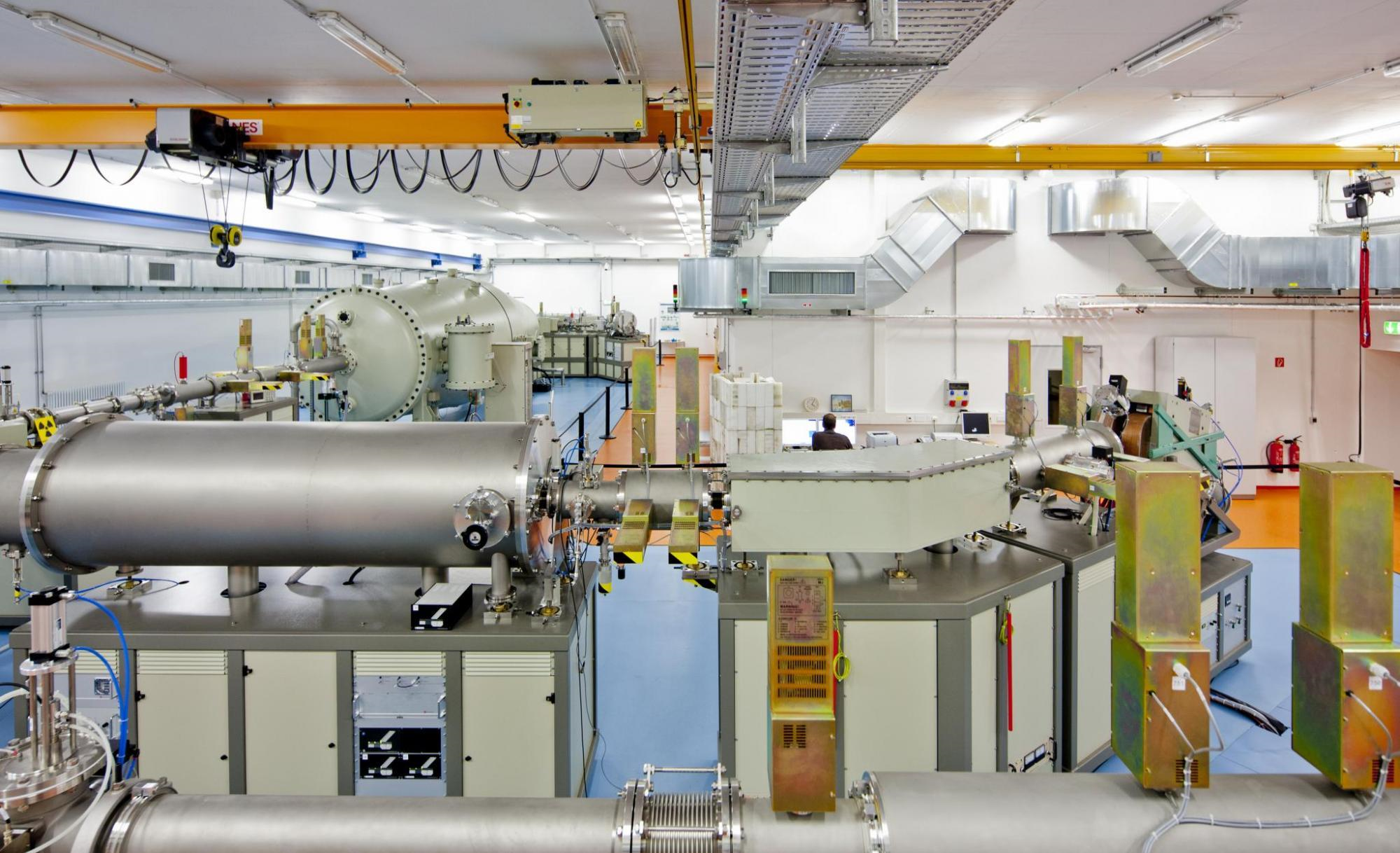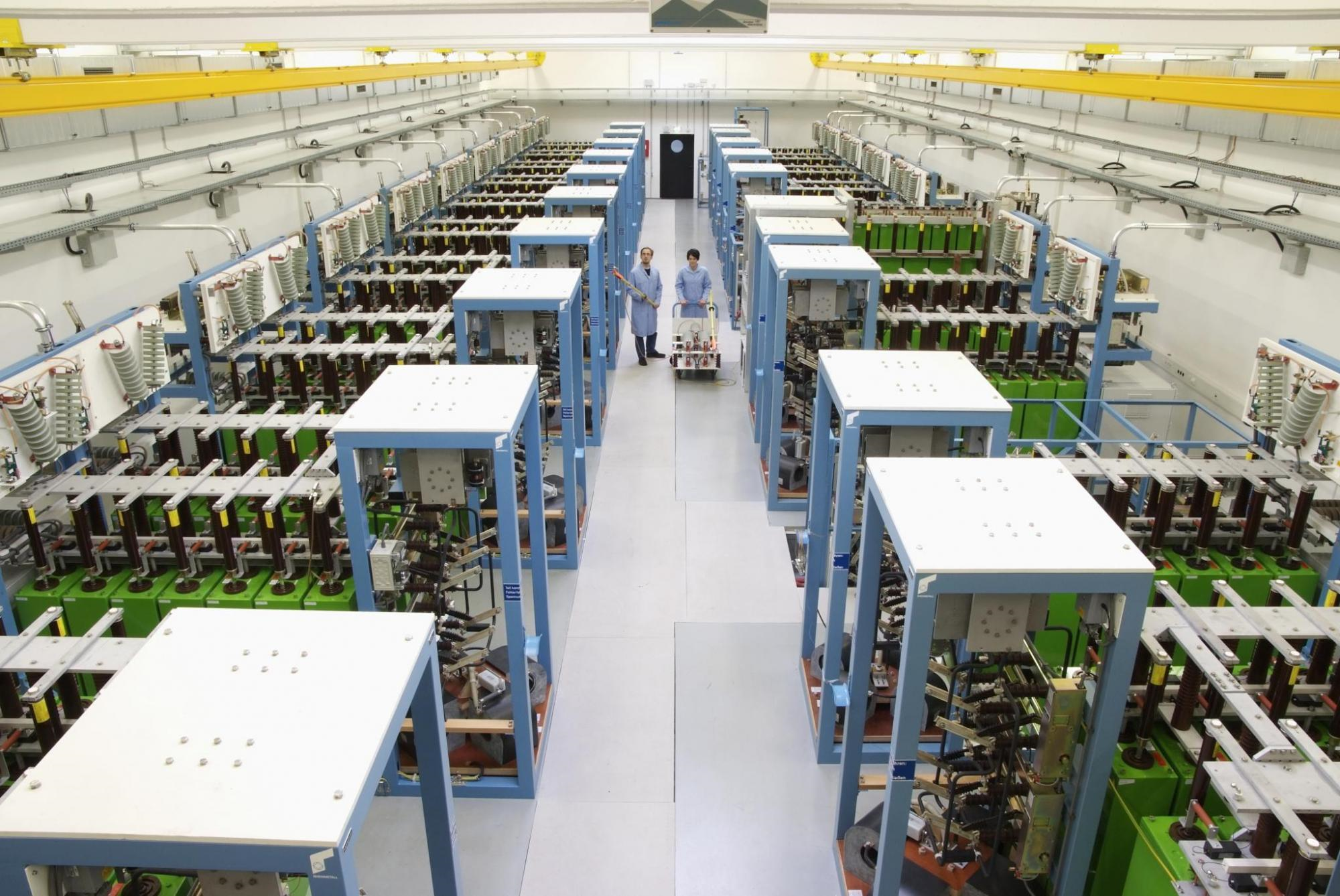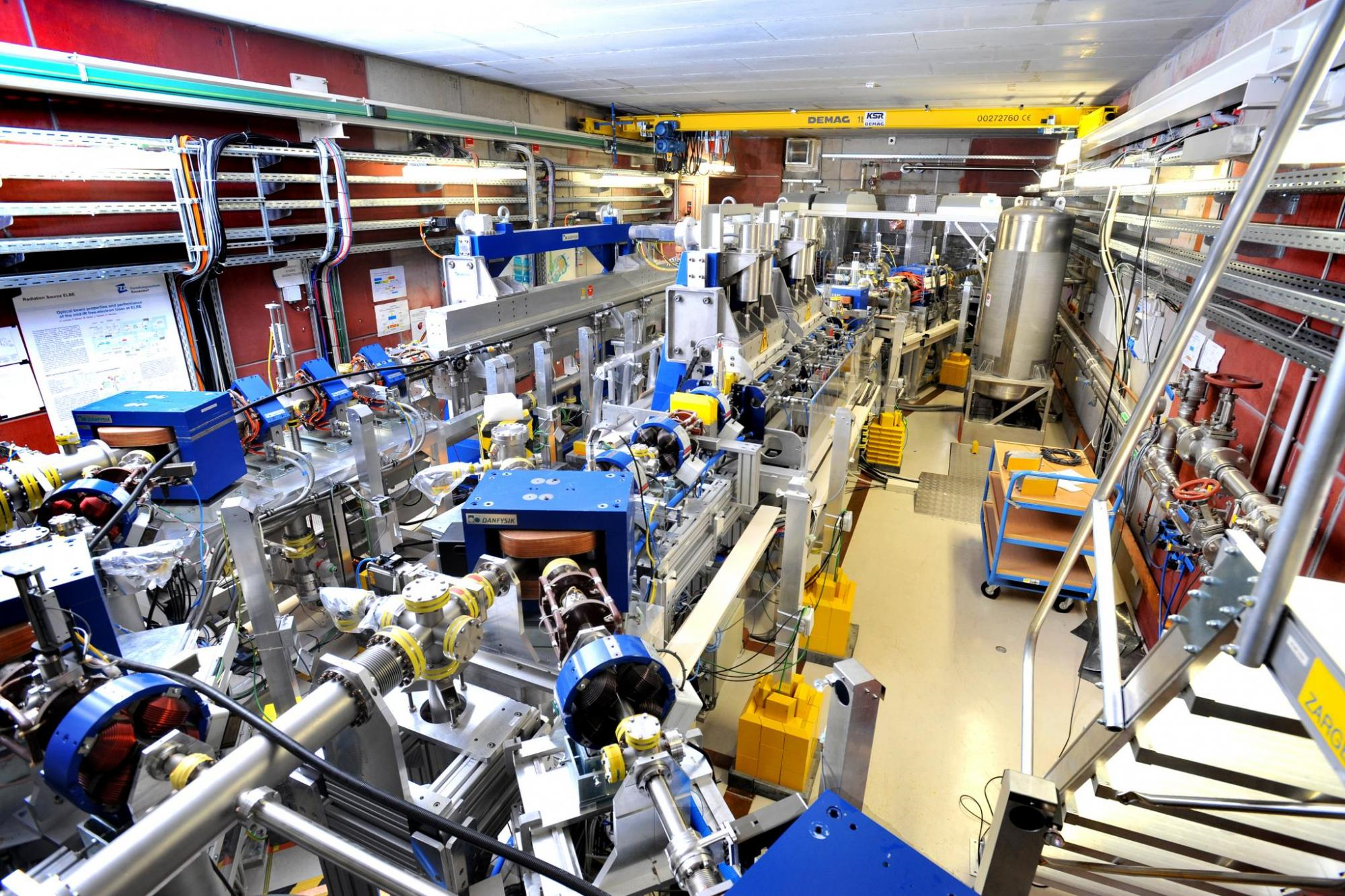Helmholtz-Zentrum Dresden-Rossendorf
Social Media
The Helmholtz-Zentrum Dresden-Rossendorf - HZDR (www.hzdr.de) performs – as an independent German research center – research in the fields of Energy, Health, and Matter. HZDR is a member of the Helmholtz Association and has five sites (Dresden, Freiberg, Grenoble, Leipzig, Schenefeld near Hamburg) pursuing new insights that will allow us to maintain and improve all of our lives. Our large-scale facilities are also available to external guests from around the world to help answer the decisive questions of our societies.

Dresden High Magnetic Field Laboratory (HZDR) © Copyright: A. Wirsig / HZDR
Mission
The long-term goal of the Helmholtz-Zentrum Dresden-Rossendorf (HZDR) is to conduct cutting-edge research in the areas of energy, health, and matter. Strategic collaborations with both national and international partners allow us to address some of the pressing challenges faced by modern-day industrialized society:
- How can energy and resources be utilized in an efficient, safe, and sustainable way?
- How can malignant tumors be more precisely visualized, characterized, and more effectively treated?
- How do matter and materials behave under the influence of strong fields and in smallest dimensions?
Employees
Staff
Scientists
PhD Candidates
HZDR Facilities
Scientific research equipment of national and international importance is operated at the HZDR and as such the HZDR is coordinating member and partner of numerous collaborations and projects. The scientific facilities are equally available to external guest researchers from science and economy.
The large-scale facilities that the HZDR operates are:
- The Ion Beam Center.
- The Dresden High-Magnetic Field Laboratory.
- The ELBE - Center for High-Power Radiation Sources.

Ion Beam Center. © Copyright: O. Killig / HZDR

Dresden High magnetic field laboratory. © Copyright: HZDR

ELBE Center HZDR © Copyright: F. Bierstedt / HZDR
The Ion Beam Center (IBC)
The Ion Beam Center (IBC) with 40 experimental stations has a long-standing experience in the fields of ion implantation, ion-beam modification, ion-beam analysis and ion- or plasma-assisted film deposition
The High Magnetic Field Lab
The Dresden High Magnetic Field Laboratory focuses on modern materials research in high magnetic fields. High magnetic field experiments are the ideal way to gain insights into the matter that surrounds us.
The ELBE
The ELBE - Center for High-Power Radiation Sources consists of a superconducting electron accelerator and two high-power laser systems. The broad range of ELBE secondary radiation sources includes IR-FEL radiation (FEL), Bremsstrahlung, positrons, neutrons, and two coherent THz sources.



